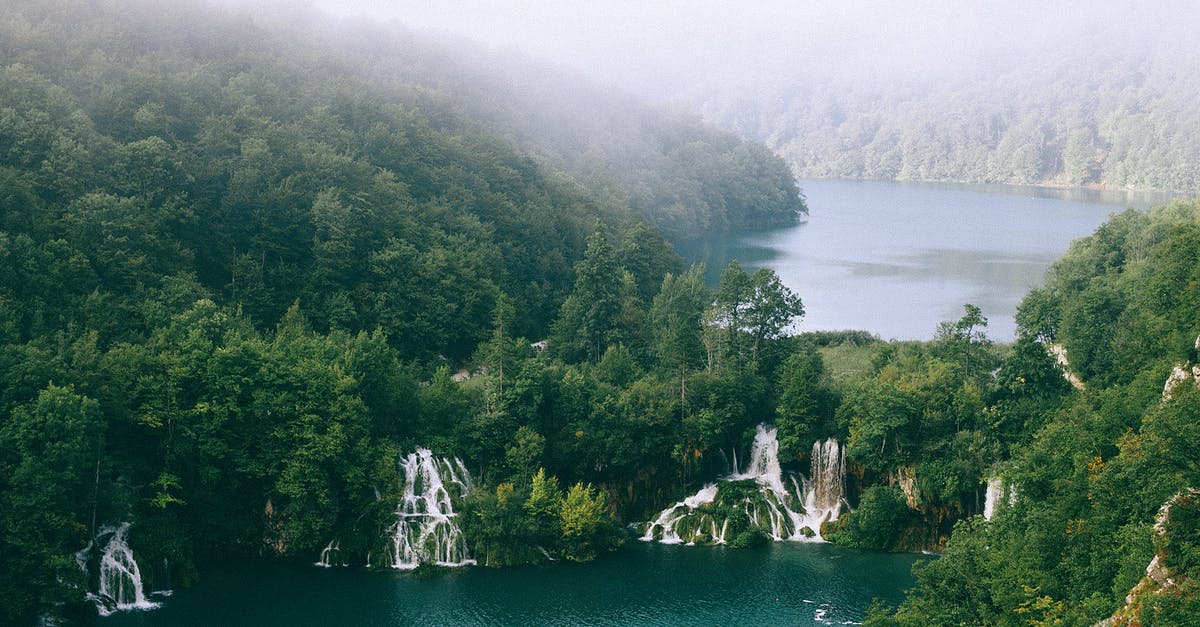Sous Vide effectiveness of trapping residual air above water bath?

(Note: this is a continuation of this question: Sous vide effectiveness without using a vacuum sealer?)
What is the scientific impact of trapping small amounts of residual air in a pocket above the water bath? This assumes that there is still a very strong thermal coupling between the water bath and sous vide item.
In the photo below, you can see at least a 2-inch gap between the air pockets above water level and the actual short ribs. The food does not float.
From a heat transfer perspective, I can't imagine that a vacuum sealed bag can perform significantly better—certainly not relative to a 48hr cook time.
Is there (scientifically) something fundamental about vacuum pressure with sous vide, or is it only continuous, stable heat-transfer? What kind of "oxidation causing off flavors or promote spoilage" is possible in the described scenario?
Is there a possibility of bacterial contamination?
What would happen if I cut a small hole in the bag above the water level and let the trapped air escape--as long as the food does not float and water does not leak in?
Best Answer
That bubble doesn't make any difference at all for cooking time. The air isn't touching the food. It's pretty much the same as if you had a tiny bag of air attached to a fully-sealed bag.
As you've already seen on other questions, vacuum sealing vs a good non-vacuum seal doesn't make any difference. The quote about excess air and oxidation was referring to storage and marination (presumably with the air in contact with the food) and mentions water displacement as a method that avoids those issues, so it does not apply here.
I suppose theoretically there could be a bacteria issue, but it wouldn't be contamination and wouldn't really be due to the air either. There can be bacteria in the bag with or without air - indeed, probably most of it is on the meat. The issue would be that the bag isn't fully immersed, and the part of the bag above the water isn't at the same temperature, so while you're cooking the meat at a safe temperature/time, bacteria might be able to grow in the lower temperature. But the solution there is just to make sure the bag is submerged, with or without a little bubble.
Cutting a hole to let the air escape doesn't really make much sense to me. If the hole is above the water level, the air isn't going to escape, you'll just have a slightly-open bag. If it's below the water level water will get in. If you really want to try to get more air out, just redo the water displacement method: open the top corner of the bag, pull it down to let the water push the air out the top, and close again.
Pictures about "Sous Vide effectiveness of trapping residual air above water bath?"



What happens if air in sous vide?
If your sous vide bag inflates too much, something to watch out for is that the bag might start to float. If you have a sous vide rack, make sure you're using it to help keep the bag submerged. Otherwise, you might have to re-bag and consider adding something to the bag to weigh it down and prevent it from floating.Does sous vide have to be airtight?
\u201cSous vide\u201d is French for \u201cunder vacuum,\u201d but it's a very confusing name. In fact, you do not need a pricey vacuum sealer\u2014or even an inexpensive countertop one\u2014to successfully cook food at a low temperature in a water bath. To get started with sous vide, regular old ziplock-style bags will do just fine.Why does sous vide need to be vacuum sealed?
A vacuum seal helps preserve moisture in food during cooking. When you cook food in an oven or fry it, natural moisture often gets lost, resulting in chewy and dry food. With vacuum sealed sous vide bags, all the juices stay inside it. This also helps to prevent loss of flavor.Do sous vide bags need to be fully submerged?
With sous vide cooking, it's absolutely vital that your bags stay submerged and that trapped air bubbles are pushed to the top of the bag and away from the food. This is the only way to guarantee that your food is heating properly, which is important for both food safety and quality.A Beginner’s Guide to Sous Vide Cooking- Kitchen Conundrums with Thomas Joseph
Sources: Stack Exchange - This article follows the attribution requirements of Stack Exchange and is licensed under CC BY-SA 3.0.
Images: Ben Mack, Ryutaro Tsukata, Maria Orlova, Ben Mack

